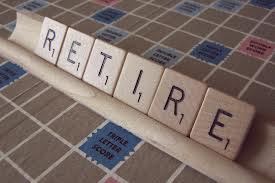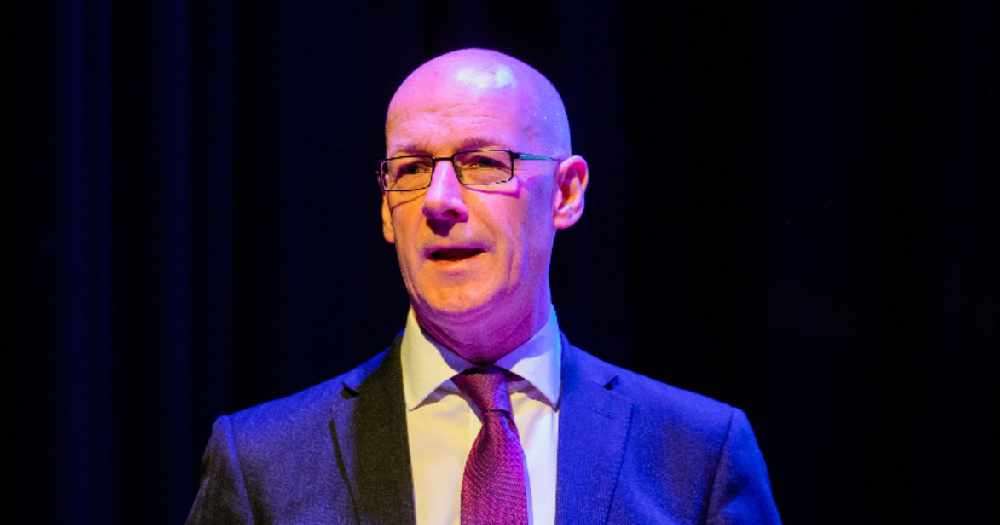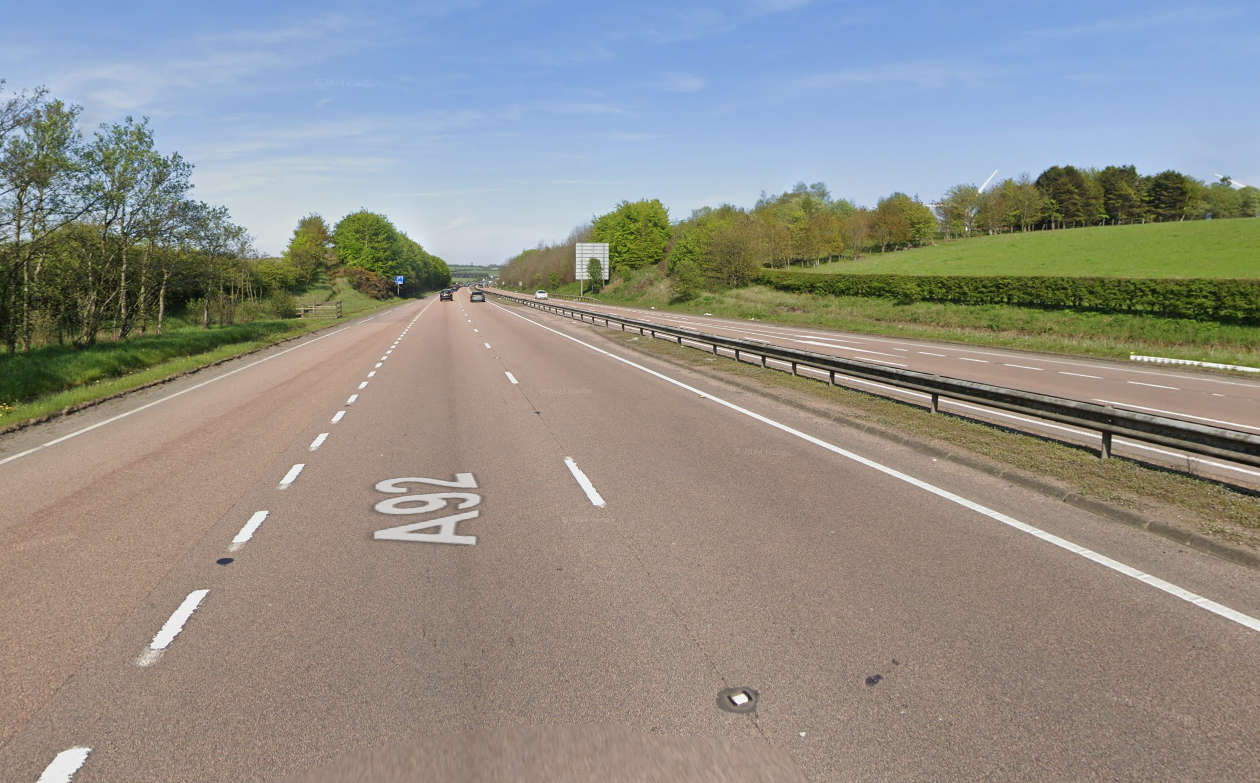
Over-45s in Fife are facing an annual retirement income gap of more than £10, 000, that's according to new figures.
A report published today warns that many will be forced to rely heavily on the state pension which will still fail to bridge the gap.
29% of people who took part in a survey admit they're not confident their finances are fit to retire, while 35% of over-45s do not know or have not even thought about how much retirement income they will need.
Figures show Scots have an expected annual retirement income of £13,930 from savings and investments.
The Aviva study also reveals:
- Over-45s in Scotland have a typical (median) current savings and investments pot of £52,156. This is £1,637 (3%) less than the typical over-45 in the UK who has £53,793.
- Despite their smaller pots, Scots have an expected annual income of £13,930 from savings and investments once they have retired, which is 11% higher than the annual income typically expected by over-45s across the UK (£12,590).
- With an average state pension of £6,656 per year, the typical person in Scotland still stands to have a shortfall of £3,750 even with their state pension.
- Even those Scots who will receive the maximum of approximately £7,800 when the new flat rate state pension is introduced in April 2016 will still be left with a £2,606 shortfall.
- The five most popular savings and investment products held by over-45s in Scotland are current accounts, which 80% hold, followed by savings accounts (62%), cash or stocks and shares ISAs (38%), company pensions (37%) and personal pensions or Self Invested Personal Pensions (SIPPs) (21%).
- Over-45s in Scotland are less likely to have any of these savings and investments compared to the UK average. For example, 21% of over-45s in Scotland have a personal pension/SIPP whereas 30% of over-45s across the UK have one.
- Company pensions make the largest contribution to the typical retirement savings pound (£) among over-45s in Scotland, typically providing 24p of each £1 saved. Buy-to-let property makes up a further 21p and personal pensions an additional 20p of the typical £1. In comparison, savings accounts only contribute 6p while current accounts provide an even smaller contribution of 2p.


 Man, 44, seriously injured in hospital after crash between Comrie and Rosyth
Man, 44, seriously injured in hospital after crash between Comrie and Rosyth
 John Swinney announces SNP leadership bid
John Swinney announces SNP leadership bid
 Closures on A92 from TONIGHT for roadworks
Closures on A92 from TONIGHT for roadworks
 16°C
16°C
 13°C
13°C